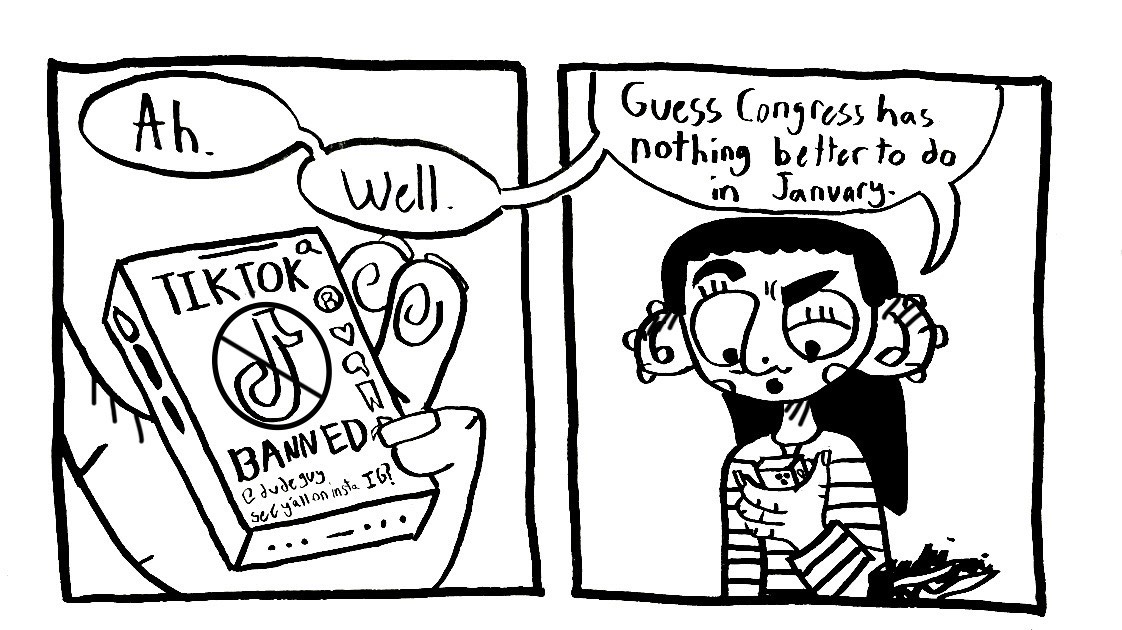Think twice about joining Teach For America
Shannon Quinn is the education director at GW Roosevelt Institute. Henry Rosh is the Think Twice Campaign Co-Chair.
Each year, thousands of college upperclassmen apply to Teach for America. There’s no doubt that those students who apply for these positions are likely well-intentioned, as TFA markets itself as an opportunity to make a difference. The problem is, there are very serious pitfalls to the program which harm – not help – these low-income communities.
Before you choose to apply or accept any offers to join TFA, take time to understand the intricacies of the program.
GW does not offer undergraduate studies in education, yet it ranks fifth among medium-sized universities in sending the most graduates to the TFA corps. For most GW students, the only exposure they have to teaching is the mere five-week training program TFA provides its corps members before they are sent into the field.
Placing largely inexperienced teachers in a classroom of already disadvantaged students only prolongs their unequal education. Further, this practice severely undervalues the teaching. It takes much more than five weeks of training to become a teacher.
Because TFA only requires a two-year contract with its members, many of the college graduates that join TFA have no long-term ambition to become teachers, and this lack of vested interest is troubling. Eighty percent of corps members leave the classroom after just five years. These children cannot afford to be a line on a resume for someone looking to use them as a stepping stone into their ideal career.
This turnover perpetuates the inequalities that already exist in the education system rather than eliminating them.
And in an environment where stability is desperately needed to improve conditions, inserting a temporary solution in the place of well-trained, veteran teachers will harm the students in that environment.
If you’re a student looking to make meaningful change and work to lessen the inequalities of the education system, TFA is not the right means to achieve this worthy goal. Consider other options, such as City Year, where volunteers provide individualized support in the classroom rather than acting as replacement teachers.
Until TFA legitimately addresses and reforms its practices and approaches, think twice about joining an organization that propagates the inequalities that it is claiming to fight.
Teach For America lets children follow their dreams
Oz Fishman, Jon Carfagno and Rachael Abram are GW’s Campus Campaign Coordinators for Teach For America.
Sixteen million children live in poverty in the U.S. That’s more than the populations of New York City, Los Angeles, Chicago and Philadelphia combined.
That’s where Teach for America comes in. TFA believes that knowledge is power – the warmth of coming across a book from your childhood, or the confidence of knowing you can do something better than anyone else.
But knowledge, more practically, is also tied to economic success: High school graduates get paid more than dropouts, and college graduates more than both of them. And today, in the world’s wealthiest country, only 8 percent of impoverished children will graduate college by the time they’re 24.
A cursory glance at the statistics will make it abundantly clear that there’s something wrong here. Every 27 seconds, an American student drops out of high school. In D.C., 37 percent of the population is functionally illiterate, and only 12 percent of eighth graders in public schools tested on grade level with math. To put it simply, our schools aren’t doing enough to get kids on track, and it’s dangerous.
We cannot maintain economic growth without brilliant minds. We also cannot decide that it’s okay for some citizens of our country to get more than others simply because of where they were born. How many Thomas Edisons or Sheryl Sandbergs are sitting in a classroom without a teacher because of budget cuts and won’t get a shot at chasing their dreams?
Teach For America is one of many organizations working tirelessly to turn this tide and fill holes that public education systems can’t due to budget constraints. We recruit student leaders from campuses across the country to serve in two-year classroom commitments in 48 U.S. regions. About a quarter of our 10,000 corps member teachers come from professional backgrounds that they leave to come fight against educational inequities.
They fill vacancies in low-income communities and get paid the same amount as any other first-year teacher in their district. Contrary to popular belief, they do not eliminate unions. In fact, many of them join them, and three of every five corps members stay in education after their two-year commitment to our program. On average, corps members teach as well as or better than veteran teacher counterparts.
TFA is not perfect. But critics should know that dismantling something so deeply ingrained in so many kids’ lives does more harm than good.
And at the end of the day, it’s about giving kids a chance to face the world and say, “You know what, I can do this.”
Every person that’s turned away from TFA because of misleading information is another teacher-less classroom, which denies students opportunities to chase their dreams.
We refuse to sit on the sidelines of history. Will you?




